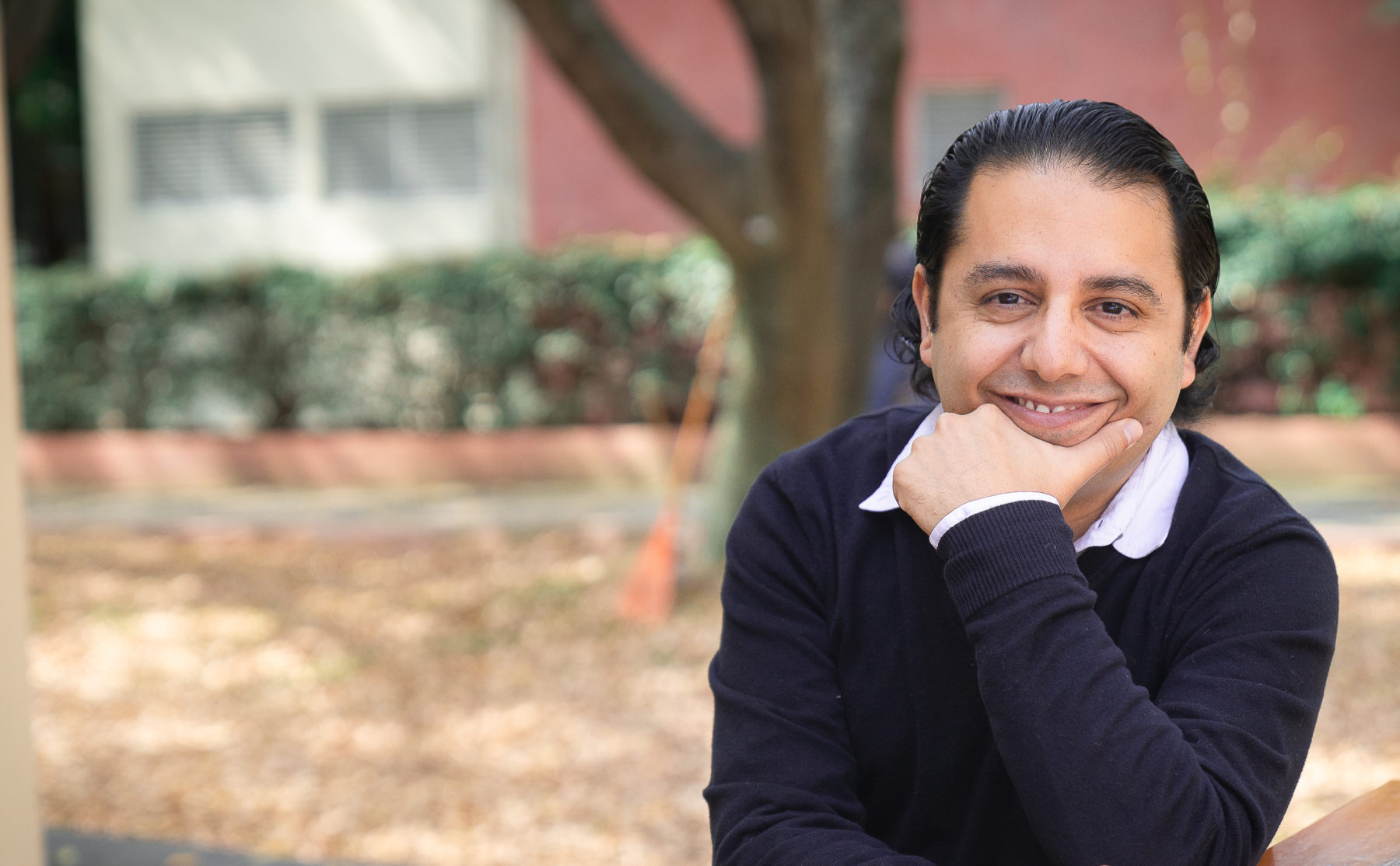Darren Lilleker, Daniel Jackson, Einar Thorsen y Anastasia Veneti edited a book about the 2016 United States Presidential Elections, with a particular emphasis on media and political communication. In this book, I published the article “A Bilingual Campaign: Clinton’s Latino Political Communication.” Here you can download the entire book, and here you can download my report.
A Bilingual Campaign: Clinton’s Latino Political Communication
By Juan S. Larrosa-Fuentes
Throughout the 2016 United States campaigns, candidates, politicians, journalists, and laypersons discussed issues about national identity, class, gender, and race. Among these matters, there was an intense conversation about Latinos as a growing minority group that is gaining political, economic, social and cultural power in the United States. In this electoral cycle, 27.3 millions of Latinos were eligible to vote, and according to the exit polls, Latinos cast 11% of the total votes. At the end of the election, Hillary Clinton received 62% of the Latino vote and Donald Trump 29%.
The Latino issue was part of the national political agenda before the presidential campaigns started. Scholars, journalists, and commentators characterized the Hispanic/Latino voters as a “sleeping giant,” and they tried to predict the power of this group to shape the United States electoral map. However, the issue became more relevant because Trump spent a significant part of his campaign attacking and criticizing Latinos. In June of 2015, when he announced his presidential candidacy, Trump referred to Latinos and Mexicans in particular as “criminals and rapists” and expressed that he had the intention of building a wall on the Southern border. In contrast, Clinton developed a campaign that advocated for defending minorities. She reacted to many of Trump’s attacks against Latinos but also built an enormous political communication machine to outreach these communities across America.
The Clinton campaign created national and local teams for Latino outreach. These teams deployed a bilingual campaign in English and Spanish to inform Latinos about Clinton’s policy proposals, campaign activities, media appearances, and reactions to political junctures. By and large, the Latino outreach team created a communicative structure to spread the political messages through interpersonal, group, mass, and digital communication. Some of these political messages were part of the general campaign, and others were crafted specifically for Latinos (i.e., immigration reform, education, and employment).
Four central mechanisms informed Clinton’s Latino political communication machinery. First, this campaign created a large ground game structure through all the country. Clinton had dozens of offices that were in charge of two communication processes: phone-banking and canvassing. Clinton’s staff recruited volunteers who made millions of phone calls and had bilingual face-to-face conversations with potential voters. This strategy had the goal of persuading citizens to register to vote, to explain the basic information about the elections (i.e., voting day and polling locations), and to convince undecided voters to support Clinton.
Second, during the campaigns, Clinton had rallies in different towns and cities across the country. In these events, the candidate communicated her policy proposals, her opinions about the political campaign, and attacked the plans and ideas of the Republican candidate. Clinton rallied several times in states with a strong Latino presence such as Florida, Nevada, and Arizona. Moreover, Clinton used his running mate, Tim Kaine, to outreach Latinos during the rallies. Tim Kaine knows how to speak Spanish and he used this language to deliver public speeches to Latino audiences—for example, in Arizona, he gave the first Spanish language speech in an American election.
Third, the campaign had a strong presence on mass media—, especially on television. Throughout the Primaries and the General Election, Clinton’s campaign produced and broadcasted radio, and TV ads for that stressed the importance of the Latino voters, and that narrated the stories of Latino children, students, millennials, and soldiers in the United States. Also, Clinton’s campaign relied on Telemundo and Univision, two Spanish-speaking national television networks. Clinton and Kaine were interviewed by journalists of these networks and appeared on entertainment shows such as Buenos Días América and El Gordo y la Flaca.
Fourth, the campaign used digital media for spreading political messages to the youngest segments of the Latino population. Clinton had English, and Spanish versions of her web page and Twitter accounts in both languages. The campaign used emails and newsletters for fundraising and spreading information about local rallies and events. Additionally, the campaign used text messages to inform, organize, and protect the vote of Latinos. Finally, digital media platforms were useful communication channels to replicate and broadcast the messages and interactions produced in the other parts of the political communication machinery (e.g., TV and radio ads, interviews, training kits for phone bankers and canvassers, etc.).
The aforementioned paragraphs contain a description of how Hillary Clinton addressed the Latino population. However, this academic endeavor needs to go further. As The Atlantic political reporter, Molly Ball suggested, the 2016 United States campaigns were not an electoral cycle about policy, but about identity and culture. In this sense, the 2016 Unites States election analysis asks to go beyond a descriptive phase and dig into a cultural understanding of political campaigns.
Larrosa-Fuentes, J. S. (2016). A Bilingual Campaign: Clinton’s Latino Political Communication. In D. G. Lilleker (Ed.), US Election Analysis 2016: Media, Voters and the Campaign. Early reflections from leading academics (p. 1). Poole, England: The Centre for the Study of Journalism, Culture and Community. Retrieved from http://www.ElectionAnalysis2016.US

